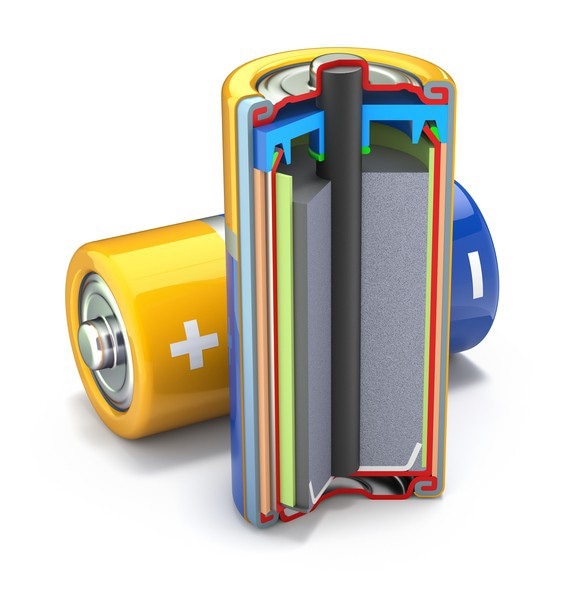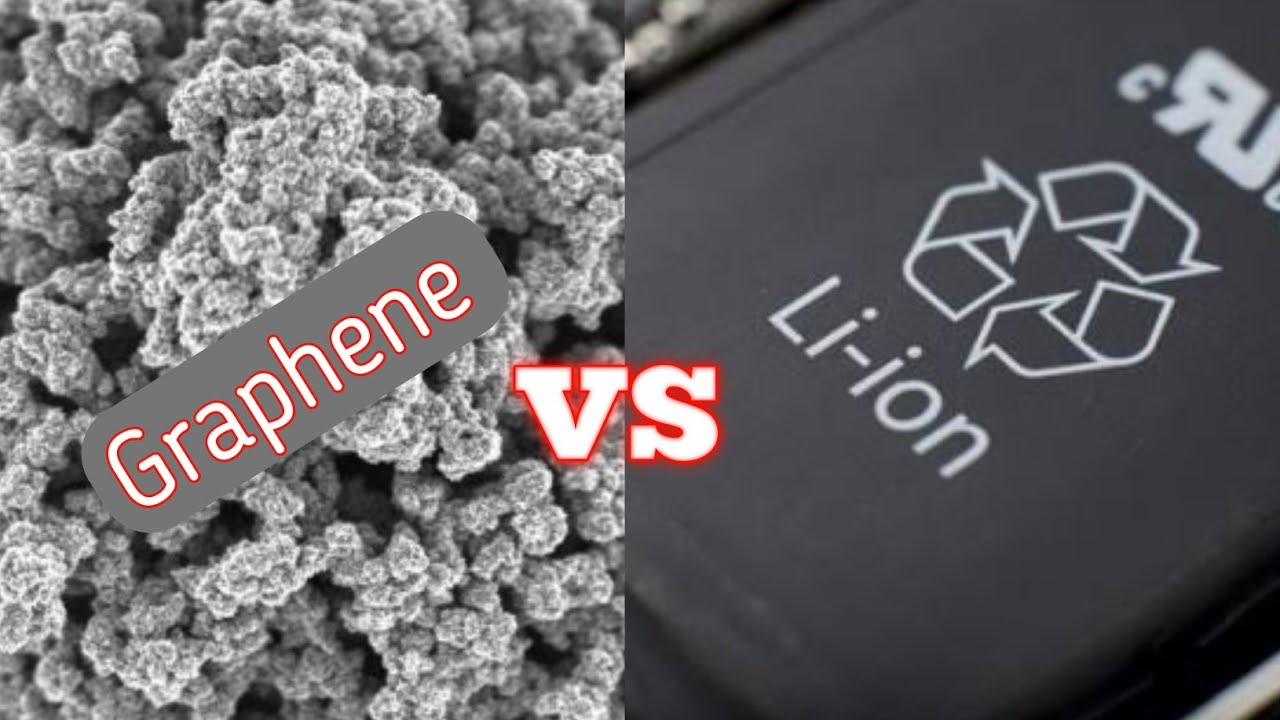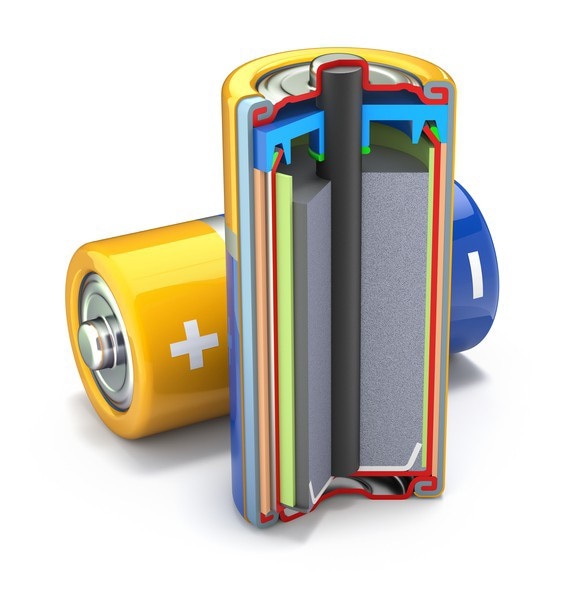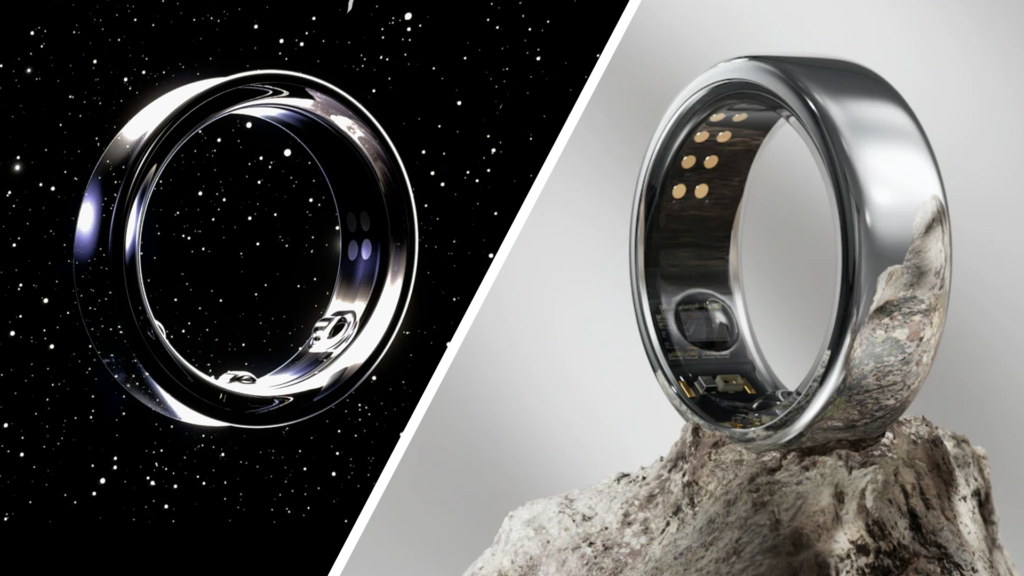
In today’s world, nearly all portable electronic devices, from smartphones to electric vehicles, are equipped with lithium-ion batteries. Despite their widespread use, these batteries suffer from limitations such as limited charge capacity, bulkiness, frequent charging requirements, and modest lifespans. Consequently, researchers have dedicated considerable effort to introducing a highly discussed alternative: graphene batteries.
Graphene batteries offer an alternative to current-gen lithium-ion batteries. They are lightweight, advanced, and powerful. Graphene, known for its high electrical and heat conductivity, is also flexible and durable. Consequently, graphene batteries have undergone years of development and are poised to become mainstream in the near future.
If you’re curious about graphene and how it compares to standard lithium-ion batteries, you’re in the right place. Here’s everything you need to know about graphene batteries:
Graphene: Unveiling its Significance
Before delving into the realm of graphene batteries, let’s explore graphene’s essence. In school, we often learned about carbon’s diverse forms on Earth, from graphite to diamond. This diversity stems from the varying arrangements of carbon atoms in materials, a principle that also applies to graphene.
Graphene, a two-dimensional (2D) structure, arranges atoms flatly into hexagonal carbon rings resembling a honeycomb. Remarkably thin, lightweight, and nearly transparent, graphene is renowned for surpassing the strength of both Diamond and Steel while exhibiting superb electrical conductivity.
The hexagonal structure enhances electricity flow with minimal resistance, providing superior electrical and heat conductivity compared to Copper, the most conductive metal. Special conditions are unnecessary as Graphene exhibits exceptional conductivity at room temperature, making it an ideal material for next-generation batteries.
Graphene Batteries: A Contrast with Li-ion Batteries
The internal structure of a graphene battery closely resembles a standard lithium-ion battery pack. It comprises 2 electrodes and an electrolyte solution to enable charge flow, with a notable difference: in graphene-based batteries, typically the cathode is replaced with a hybrid composite material (solid-state metal + graphene) instead of standard solid-state metal.
Graphene batteries are poised to surpass lithium-ion batteries soon. Researchers are currently enhancing battery performance by leveraging graphene’s conductivity and larger anode surface area to optimize lithium-ion batteries.
Researchers are exploring hybrid materials like Vanadium Oxide (VO2) and graphene for improved battery optimization and rapid charge/discharge.
Advantages of Graphene Batteries
- Compact Design: Graphene, renowned for its lightweight nature, enables the creation of slimmer batteries. Just 3 million layers of graphene result in a mere 1mm thickness, indicating the minimal space graphene batteries will occupy in future devices. This innovation facilitates the integration of higher-capacity batteries in smartphones, tablets, laptops, and beyond.
- Higher capacity: Graphene boasts a superior energy density compared to lithium-ion batteries. While the latter stores up to 180 Wh per kilogram, graphene can store up to 1,000 Wh per kilogram. Therefore, a graphene battery pack of the same size can offer higher capacity than a lithium-ion battery.
- Faster charging times: Graphene, with its honeycomb structure offering no resistance to the flow of electrons, serves as an efficient conductor of electrical energy. Consequently, it enables rapid charging, coupled with prolonged battery endurance compared to lithium-ion batteries.
- Thermal management: Graphene enables superior heat dissipation, reducing the battery’s operating temperature by up to 5 degrees, preventing overheating during charging or gaming.
- Greater Safety: Graphene batteries are anticipated to be safer than lithium-ion counterparts due to their enhanced flexibility and strength. Consequently, future battery packs can forego excessive protective casing, resulting in reduced size and weight.

In summary, graphene batteries present a superior alternative to lithium-ion batteries in the foreseeable future. They will be more affordable, compact, and lightweight, with increased electrical storage capacity and faster charging.
Shortcomings of Graphene Battery
Graphene batteries offer numerous benefits, but the primary obstacle to widespread adoption lies in mass production and associated costs.
Mass-producing graphene batteries poses challenges due to the absence of a viable technique for producing high-quality graphene at scale. While it’s possible to produce graphene at home using graphite and sticky tape, this method is impractical for large-scale battery production. The absence of such a technique contributes to increased production costs, as ensuring material quality becomes a costly endeavor, sometimes amounting to tens to thousands of dollars.
Currently, graphene batteries are in development by a few manufacturers. However, companies like Samsung aim to reduce costs to make these next-gen batteries viable. Samsung claims to have found affordable production methods, promising updates soon.
Graphene Battery Commercialization
Graphene batteries boast exceptional potential, outperforming current battery packs, as should be evident. Research in this area has been extensive in recent decades, yet commercialization requires patience.
Samsung’s Research on Graphene
Samsung SDI, the battery manufacturing arm of the Korean giant, actively works in this field and has seen multiple breakthroughs over the past few years. Initially, we learned that Samsung developed ‘graphene balls‘ that could extend the lifespan of lithium-ion batteries (with a 45% increase in capacity) and reduce charging time to one-fifth.
Additional Research & OEMs
Aside from Samsung, numerous battery makers like CellsX are already producing and delivering graphene batteries. They’ve crafted smaller battery packs for power banks and larger ones for model quadcopters and EVs. Huawei also introduced a graphene-enhanced lithium-ion battery back in 2016 to prolong operational time and enhance heat dissipation.
Graphene batteries haven’t yet appeared in our phones, but you can charge them with a graphene battery-powered bank. Indeed, a few such power banks, named Apollo and Ultron, have hit the market after successful crowdfunding campaigns. Tesla and Log9 from India are also exploring metal-air batteries, utilizing a graphene rod as a porous cathode, promising to enhance battery efficiency by up to 5 times at a fraction of the cost.
The Potential of Graphene Batteries
Graphene batteries represent a significant shift due to the abundance of carbon compared to the rarity of lithium. Since its discovery in 2004, manufacturers have been integrating graphene into various products, including batteries. Expect more graphene-based products, particularly batteries, to emerge in the next few years, initially for select smartphones. Share your expectations for graphene batteries and larger battery capacities in the comments below!

Pritam Chopra is a seasoned IT professional and a passionate blogger hailing from the dynamic realm of technology. With an insatiable curiosity for all things tech-related, Pritam has dedicated himself to exploring and unraveling the intricacies of the digital world.



